Types of CellCells are known as the basic fundamental units of life on Earth. If any organism is broken apart as per the cellular structure, then the smallest independent components will be the cells. In short, cells are the smallest known particles responsible for performing all life's functions. Each living organism is either a single-cell organism or a multicellular organism consisting of various cells functioning simultaneously. Therefore, it is necessary to know what the different types of cells are. Here, we are discussing cell types and their characteristics. Before discussing the different cell types, let us first briefly explore the definition and main functions of cells. What is a Cell?By definition, "a cell refers to the smallest known basic unit of life primarily responsible for all of life's processes". In simple words, a cell is the biological, structural, and basic functional unit of life in all living beings or organisms. Moreover, cells tend to replicate themselves. That is the reason they are referred to as the building blocks of all living beings. The cells typically build up the structure to the body elements and convert the nutrients carried out by foods into energy. All organisms have cells, either single cell (unicellular) or multiple cells (multicellular). They are complex and are found in different sizes and shapes. The number of cells usually varies from one organism to another. Mycoplasmas are by far the smallest type of cells. Biologist Robert Hooke first discovered the cells. 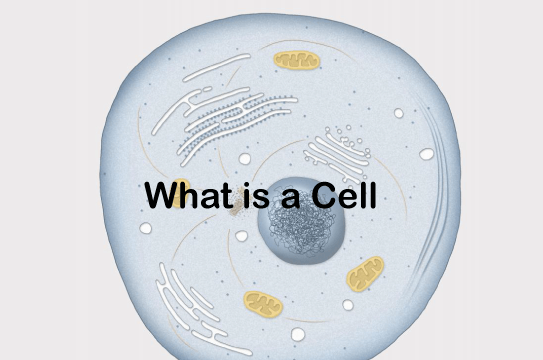
Functions of CellsSome of the major functions of cells are discussed below:
Classification of CellThere are over trillions of cells, and each has a special structure and function. In particular, different cells produce different tissues in organisms. Every cell is equally important. We can generally classify cells under the following two broad categories:
Prokaryotic CellsProkaryotic cells are known as the smallest and earliest types of cells. They are single-celled microorganisms. Examples of prokaryotic include Bacteria and archaebacteria. Despite this, the photosynthetic prokaryotic includes cyanobacteria that help perform the photosynthesis process. Prokaryotic cells consist of a single membrane and one or more layers of protection from the outer forces and environments. They usually have a plasma membrane made up using phospholipids, surrounded by a cell wall made up primarily using rigid sugar. In some prokaryotic, the cell wall is further enclosed by the thick 'capsule' made up using sugars. Since they have a single membrane, all metabolic functions performed by prokaryotic occur in the plasma membrane or cytosol. Most of the prokaryotic cells also have cilia, tails, or other ways by which the cells control their movement. The prokaryotic cells can either be free-living or parasites. Some of the major characteristics of the prokaryotic cells are listed below:
The following image displays a structural view of the prokaryotic cells: 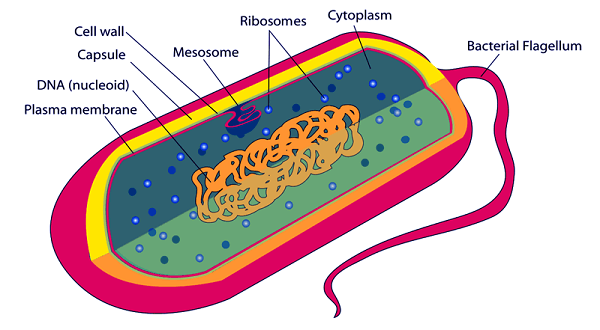
It is generally a bacterial cell. This diagram displays that a true nucleus is absent, while flagellum is present. This eventually differentiates the prokaryotic cells from the eukaryotic cells. Components of Prokaryotic CellsThe following are the components of the prokaryotic cells:
It is important to note that some prokaryotic cells may have components that other prokaryotic cells lack. Eukaryotic CellsEukaryotic cells are referred to as the modern types of known cell types. These cells create complex and large organisms that are mostly based on multicellular cells. Organisms such as humans, animals, plants, fungi, and protozoa all have eukaryotic cells, and these organisms are called Eukaryota. These cells can maintain multiple environments in a single cell, allowing them to perform different metabolic reactions. This eventually helps eukaryotic cells to grow larger than prokaryotic cells. However, the eukaryotic cells are mainly characterized by the presence of a true nucleus. The nucleus refers to a membrane-enclosed organelle consisting of DNA organized in single or multiple linear molecules. These linear molecules are known as chromosomes. Since eukaryotic cells can contain more than one chromosome, they typically have large amounts of genetic information. Within a multicellular organism's body, various genes within these chromosomes can be "on" and "off". This ultimately allows cells to have different traits and function differently within the same organism. Some of the major characteristics of the eukaryotic cells are listed below:
The following image displays a structural view of the eukaryotic cells: 
This diagram displays that there is a presence of a nucleus, along with the membrane-bound organelles. Components of Eukaryotic CellsThe following are the components of the eukaryotic cells:
It is important to note that some eukaryotic cells may have components that other eukaryotic cells lack. Types of Cells in the Human BodyThere are over 37 trillion cells in a human body. Additionally, many cells (over one million) die every second in the human body and are replaced by new cells. However, there is nothing to worry about it. It is the fundamental function of living organisms. Human is highly evolved multicellular organism and is created by the eukaryotic cells. Besides, plants, animals, and fungi are also created with eukaryotic cells. The following are the most common cells found in a human body: Stem CellsBefore a cell is specialized, it originates unspecified and is known as a stem cell. Stem cells are pluripotent, meaning they can take the form of any cell in the human body. These cells are typically the ancestors of each specialized cell in the body, even a basic cell or the complex neurons. The process of conversion of stem cells into other cells is known as cell differentiation. The cell differentiation process is usually managed by inner genetics and several outer factors, including chemical and physical contact with other cells. Furthermore, stem cells can replicate on their own for long time-periods. 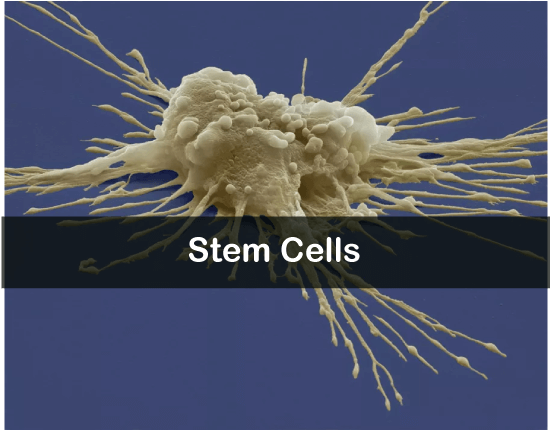
Bone CellsBone cells, also called bones, are the mineralized connective tissue that usually takes part in the skeletal system. Bones are typically the combination of collagen matrix and calcium phosphate minerals. There are three main types of these cells in the human body: osteoclasts, osteoblasts, and osteocytes.
Other typical bone cells are the lining cells that first originate as osteoblasts before becoming lining cells. The lining cells are of flat structure, lining the bone surface, and are responsible for the release of calcium. 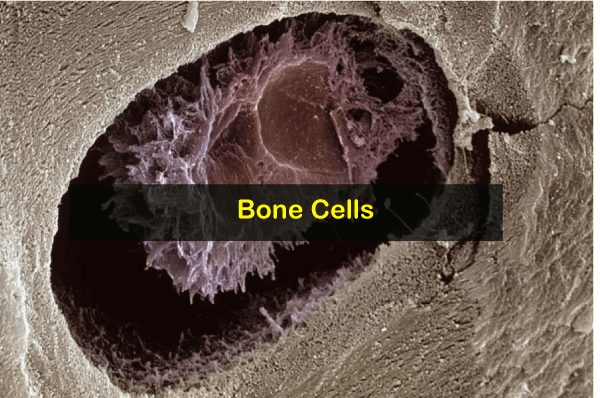
Blood CellsThe blood cells are essential for the human body, either when transporting oxygen within the body or fighting against infections. The bone marrow typically generates these cells. There are mainly three blood cells, such as red blood cells, white blood cells, and platelets.
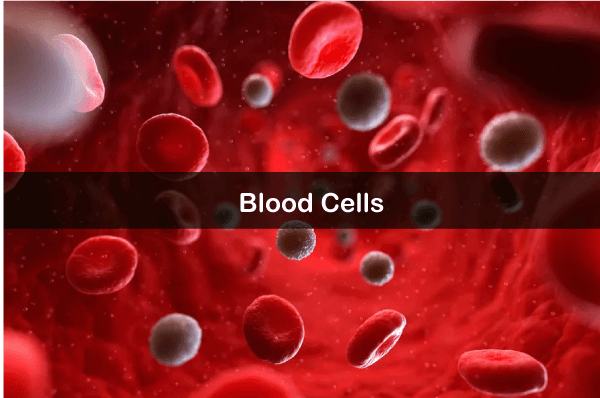
Muscle CellsMuscle cells, also called myocytes, produce muscle tissue that helps in various functions such as body movement, support, and various internal functions. These cells are long and tabular. There are mainly three types of muscle cells, such as skeletal, cardiac, and smooth.
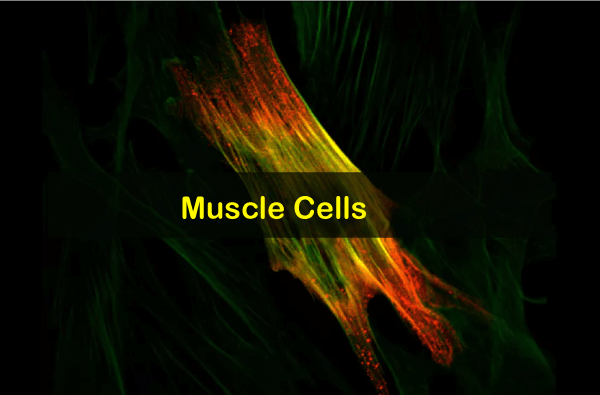
Fat CellsFat cells are commonly known as adipocytes. They are one of the primary components of adipose tissue. These cells consist of droplets of triglycerides (stored fat) that can help fulfill energy needs. When there is fat within the cells, the cells seem round and swollen. After the fat is consumed, the cells shrink accordingly. Fat cells also take part in hormone generation, blood clotting, blood pressure regulation, cell signaling, insulin sensitivity control, etc. 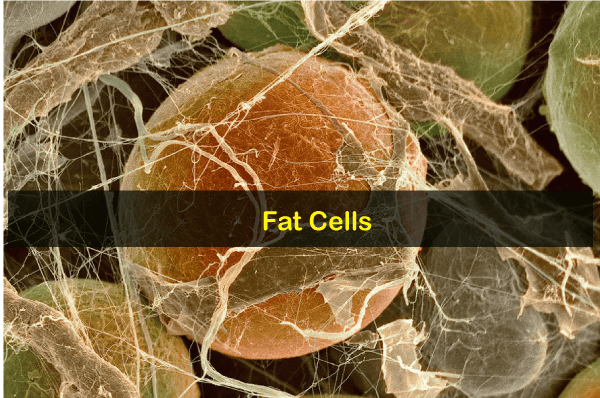
Nerve CellsNerve cells, also called neurons, are the fundamental units of the nervous system. These cells act as the communication system and transmit signals between the brain, spinal cord, and many other organs using the nerve impulses. Typically, they conclude two parts, such as the cell body and nerve processes. Here, the cell body (central body) contains the nucleus and other organelles, while the nerve processes (such as axons or dendrites) work like long fingers and extend from the cell body to transmit signals. 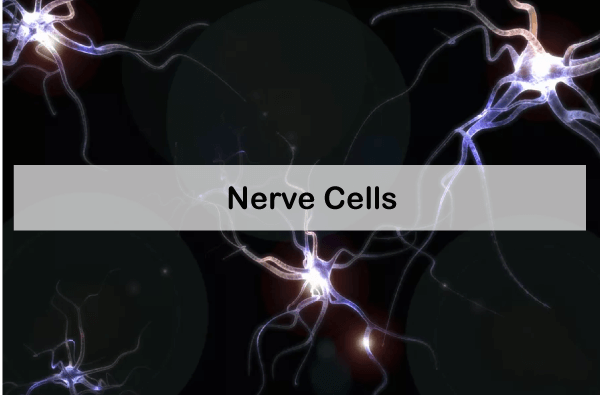
Apart from the cells mentioned above, there are many more types of cells in humans. However, it is not possible to cover all those cells.
Next TopicTypes of Motion
|
 For Videos Join Our Youtube Channel: Join Now
For Videos Join Our Youtube Channel: Join Now
Feedback
- Send your Feedback to [email protected]
Help Others, Please Share









